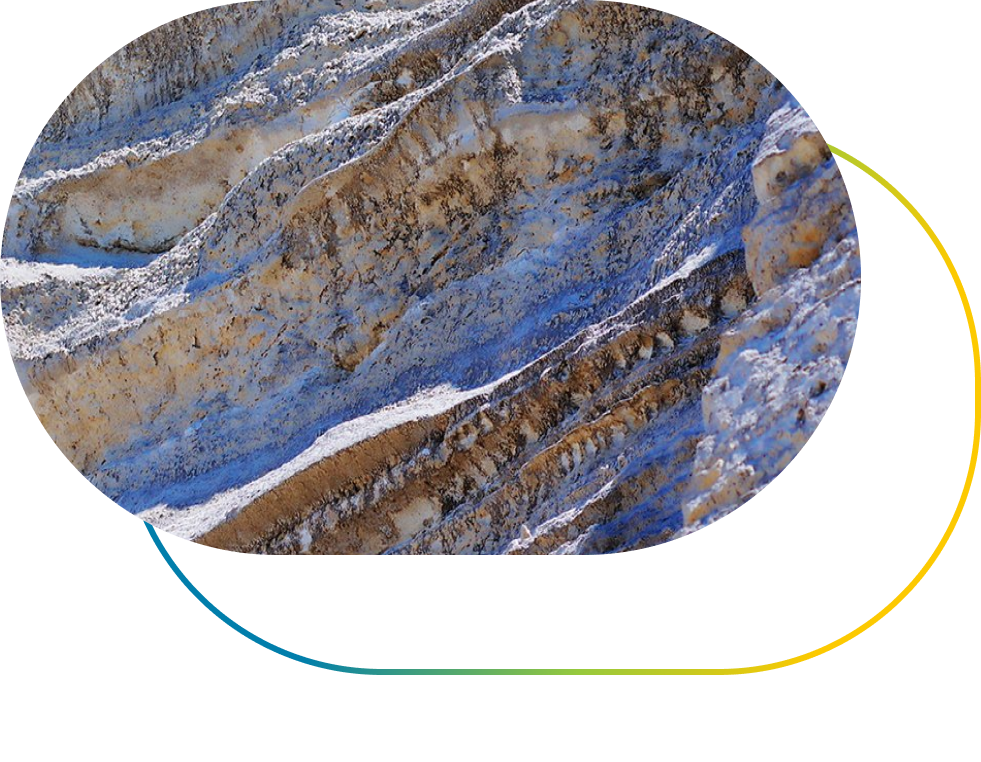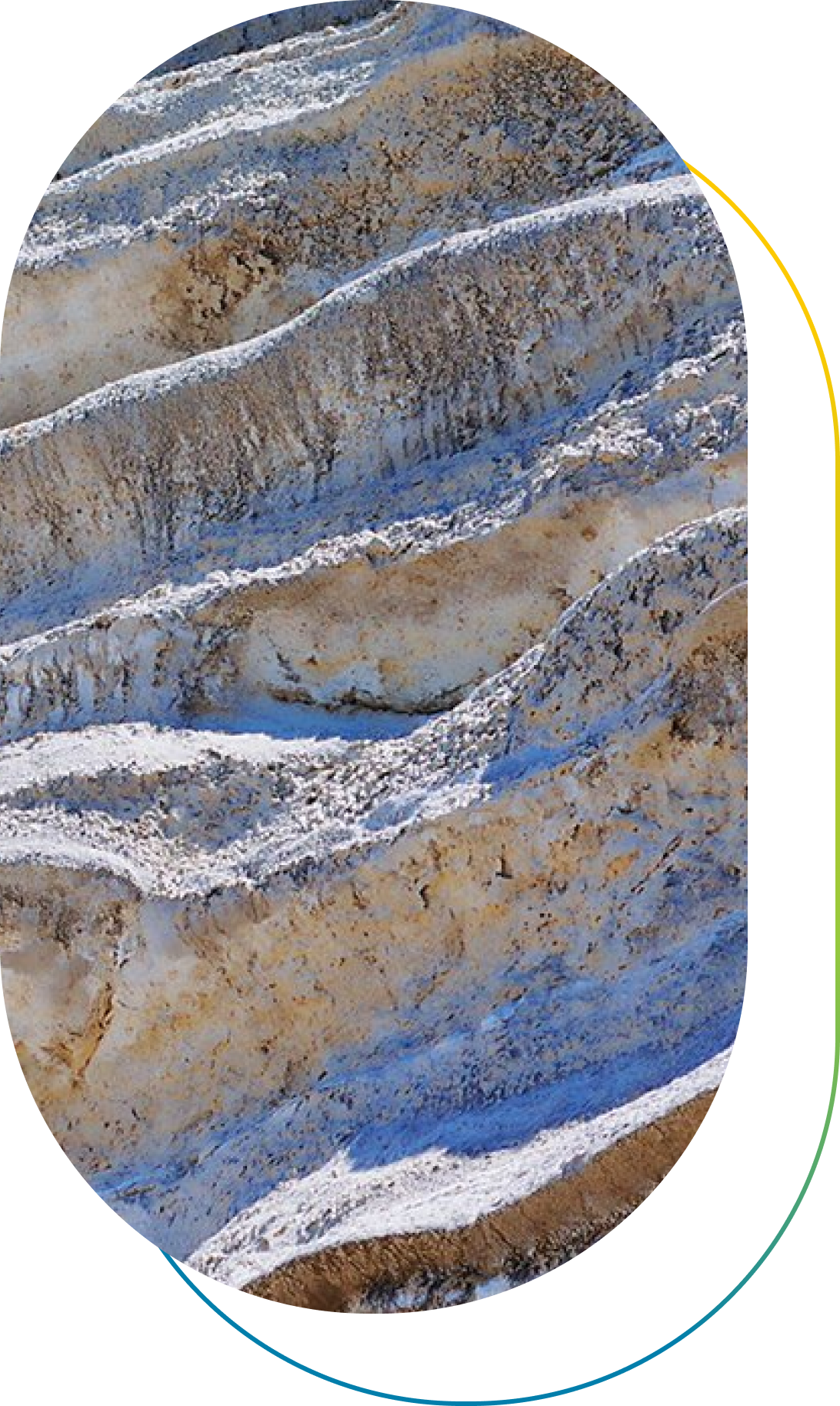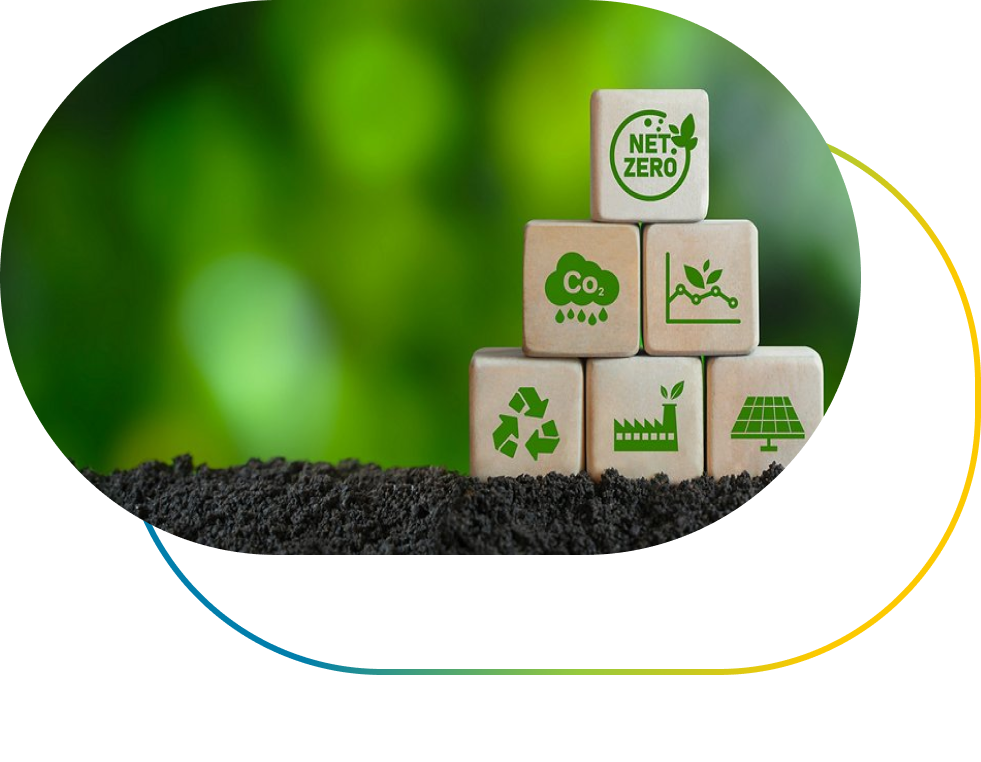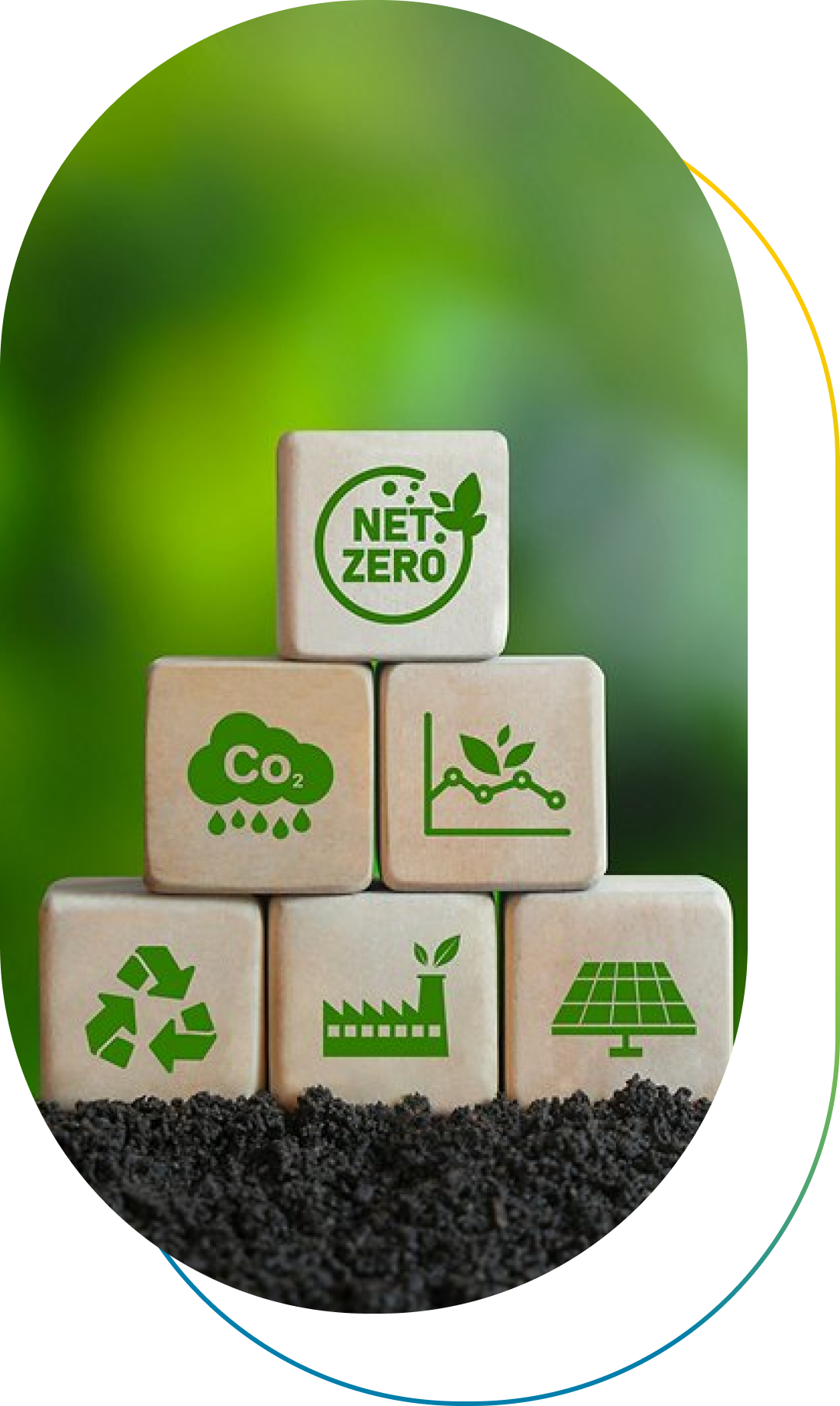Carbon Capture and Storage (CCS) is an essential tool to decarbonize Italian and European industry and make it more competitive.

Carbon Capture and Storage (CCS) involves capturing the CO2 emitted by large plants and storing it permanently underground.

The first CCS plants have been in operation since the 1970s, and new projects are expected to start around the world in the coming years. (Source: Global CCS Institute).
Terrell, Texas first CCS facility in the world
Sleipner, Norway first CCS project for emission reduction only
CO2 stored by the Sleipner project from 1996 to the present
Industrial-scale CCS projects currently in operation
Global CO2 emissions avoided annually through CCS
New capture and/or storage projects being developed

Carbon dioxide plays an essential role in sustaining life on earth, but its excessive concentration in the atmosphere is causing climate change. CCS helps us avoid further CO2 emissions.


In addition to Ravenna CCS, Eni and Snam are involved in several international projects.

CO2 capture, utilisation and storage facilities are essential to reduce industrial emissions. Here are the IEA data.
total emissions reduction from CCUS by 2050
CCUS contribution to total emissions reduction by 2050
CCUS contrib. to industrial emissions reduction by 2050
global CO2 emissions in 2023
Eni and Snam are developing a carbon capture and storage (CCS) project to reduce emissions from “hard to abate” industrial facilities.
Eni and Snam are developing a carbon capture and storage (CCS) project to reduce emissions from “hard to abate” industrial facilities.